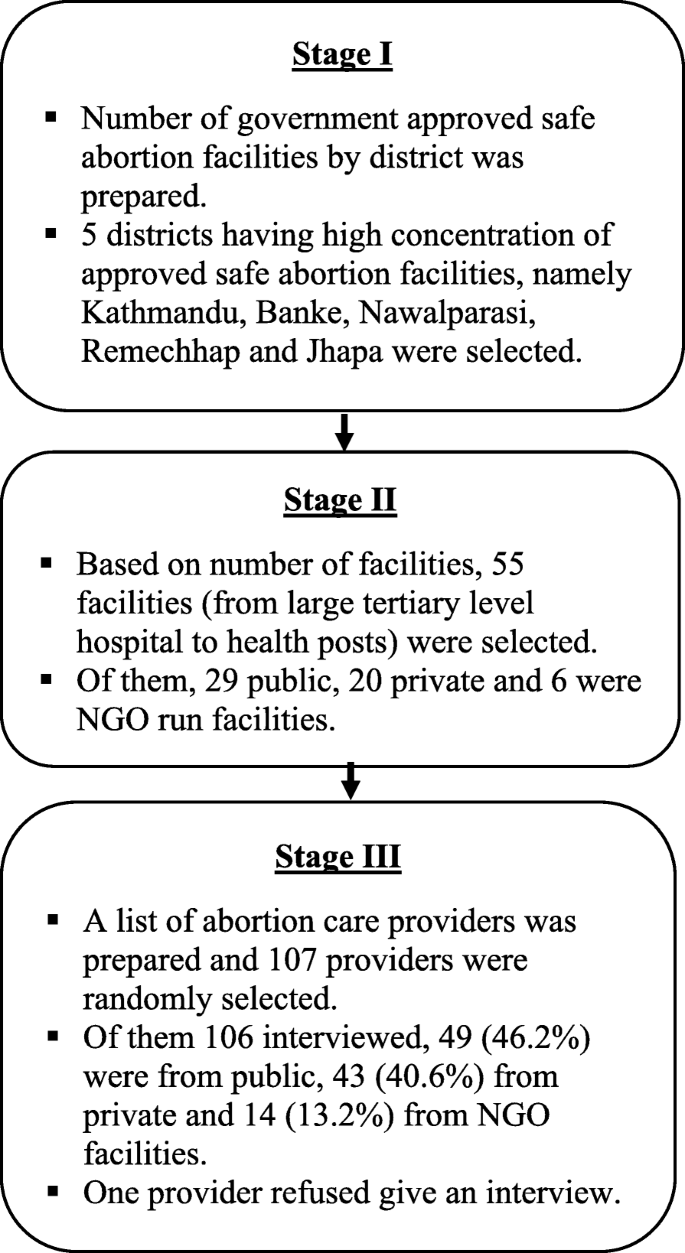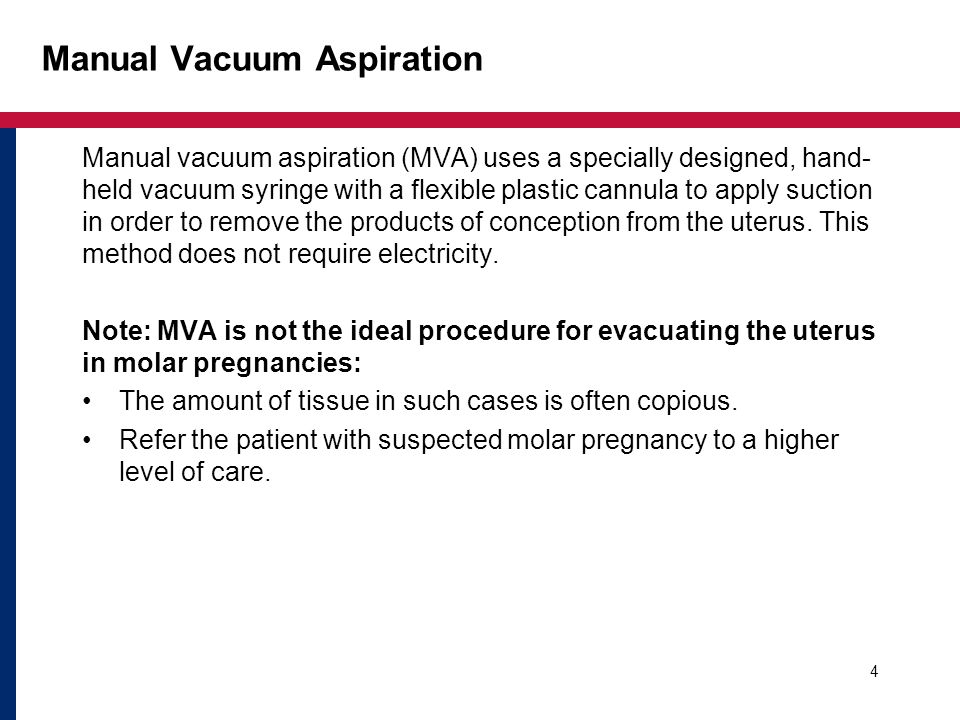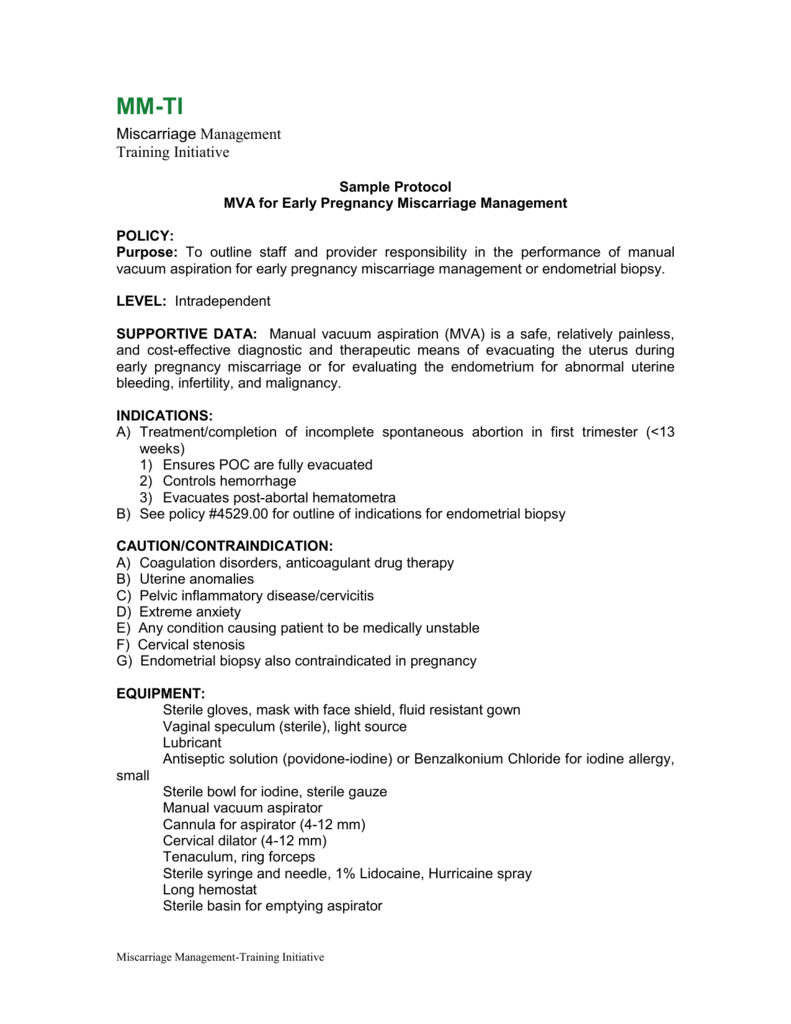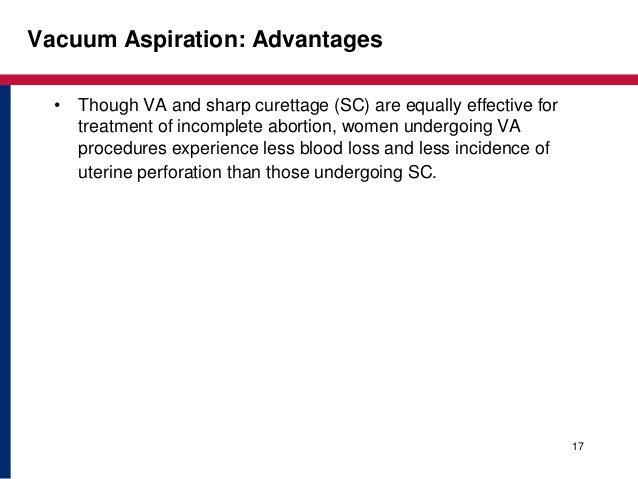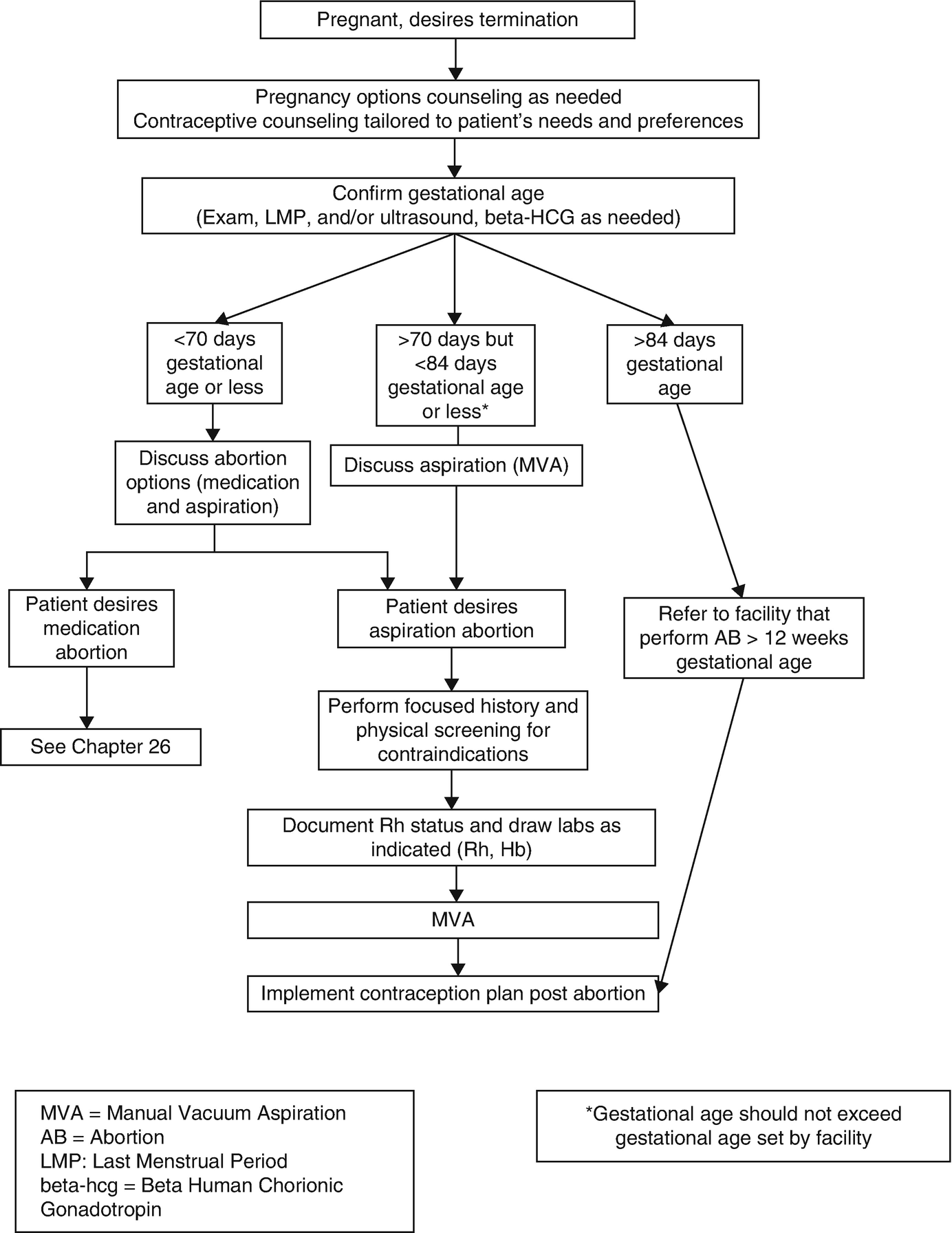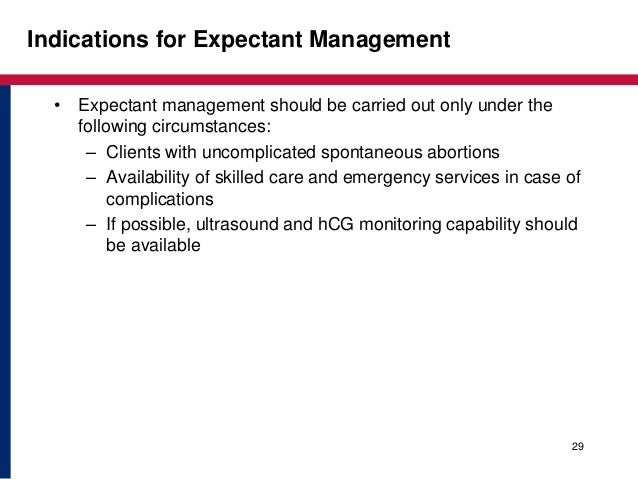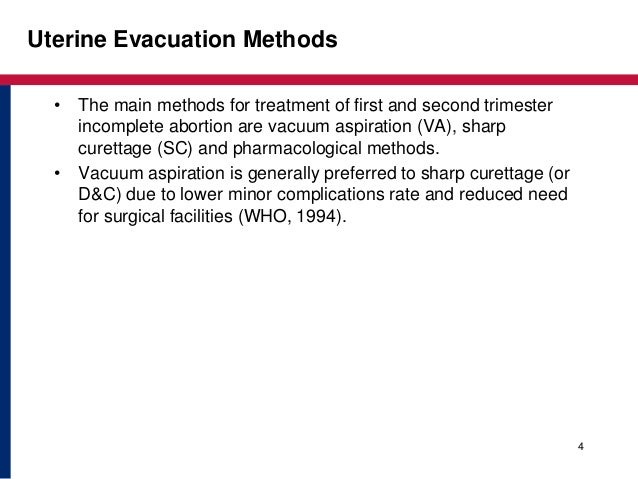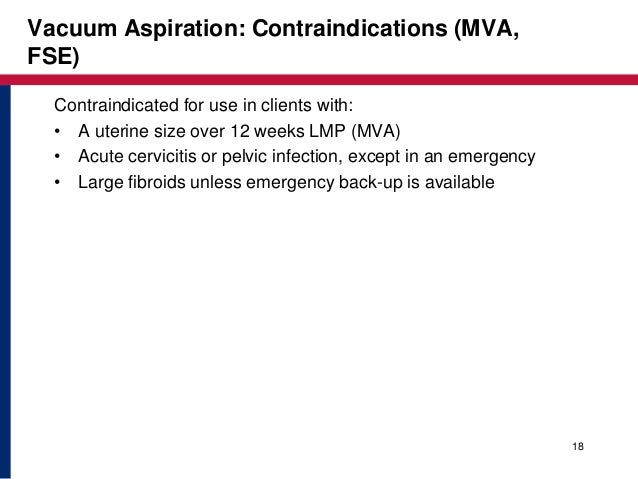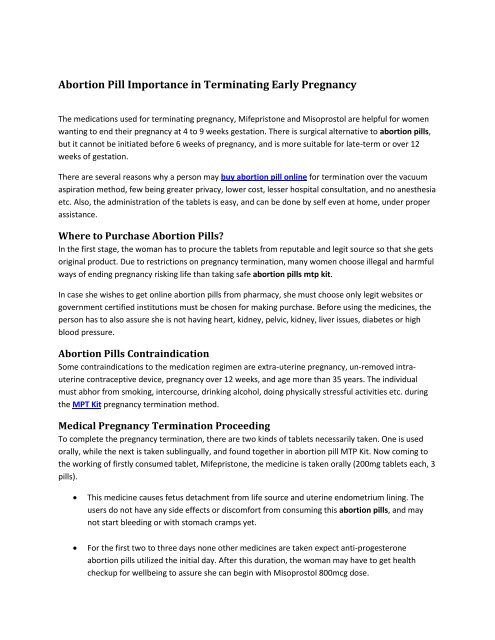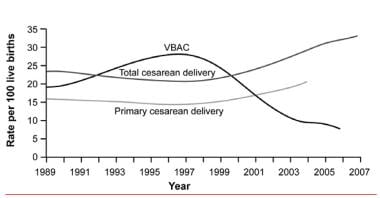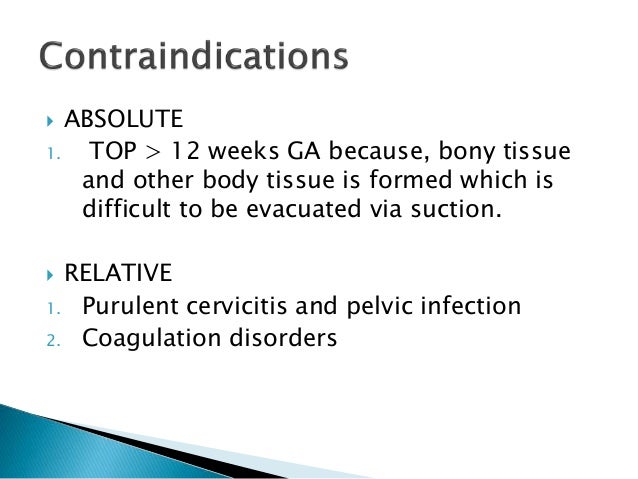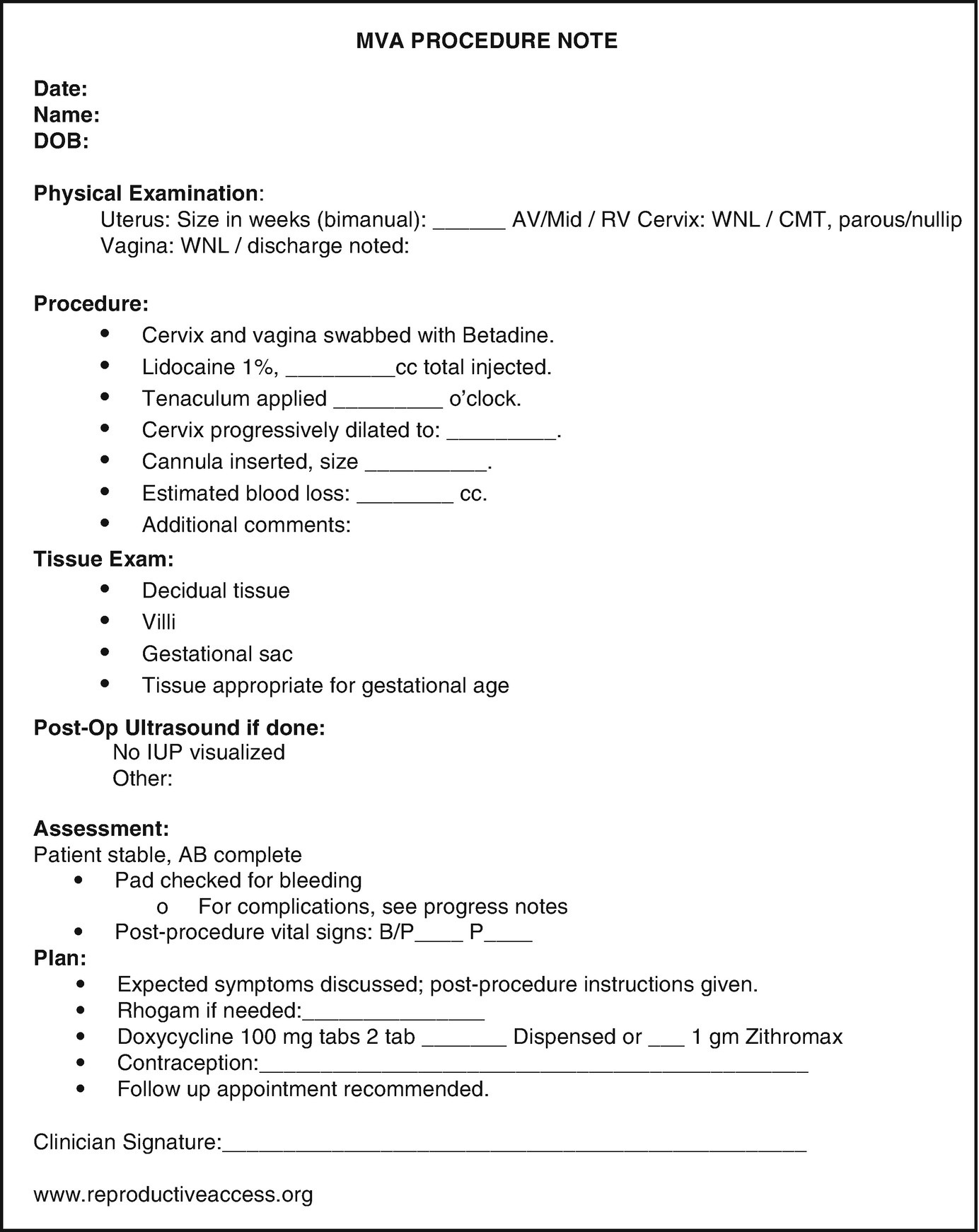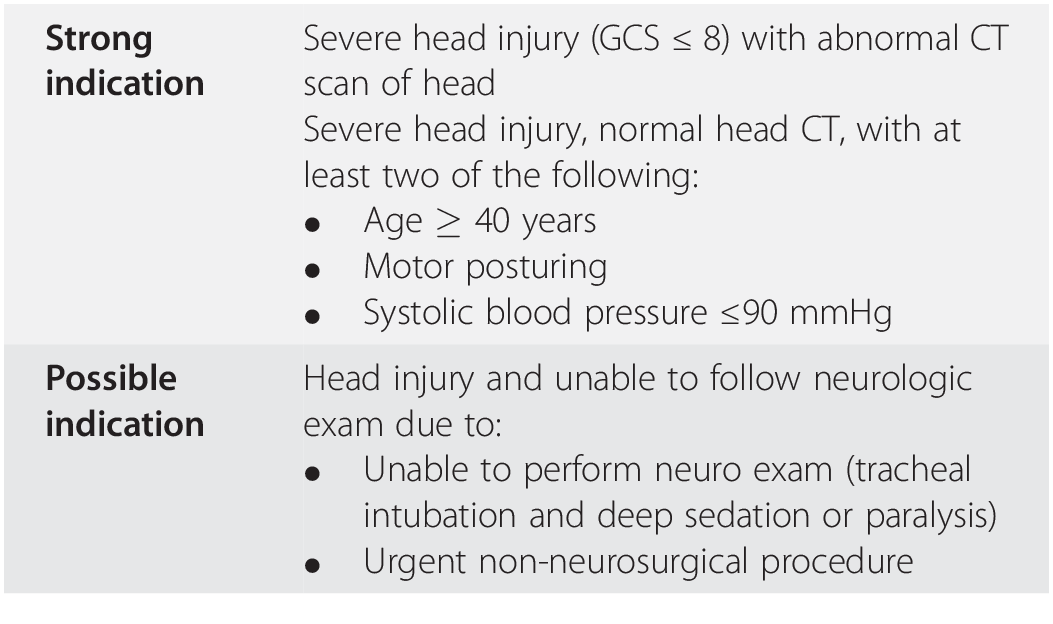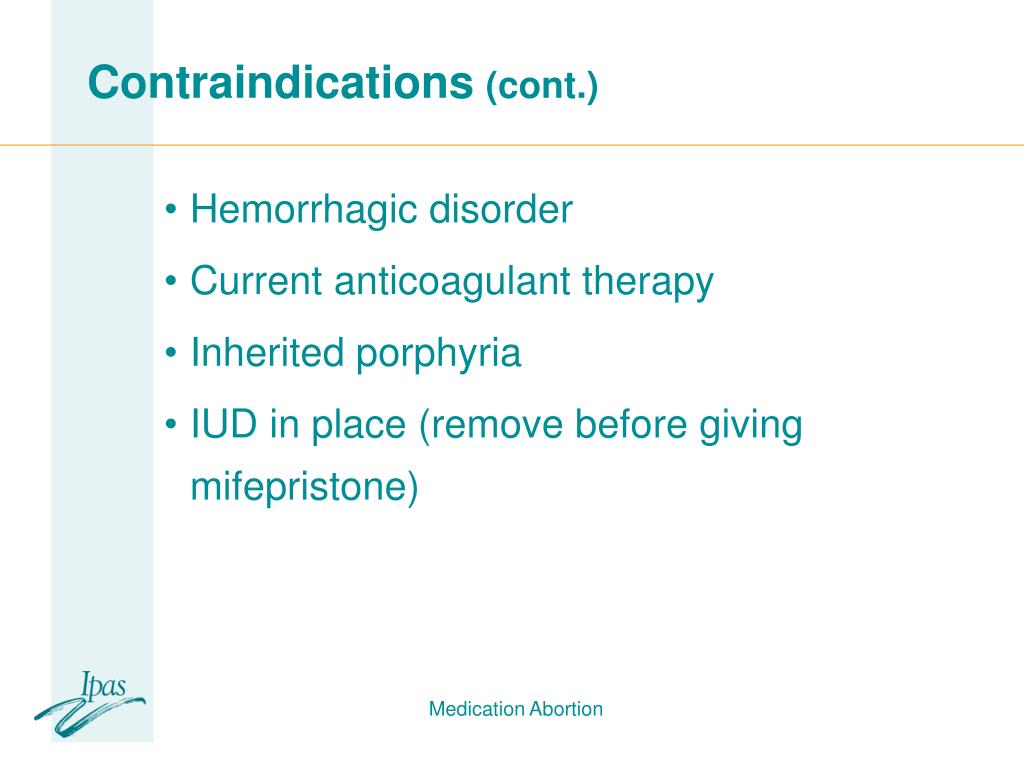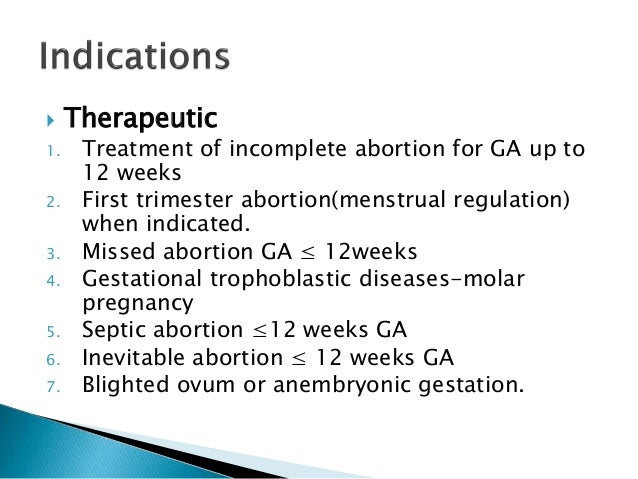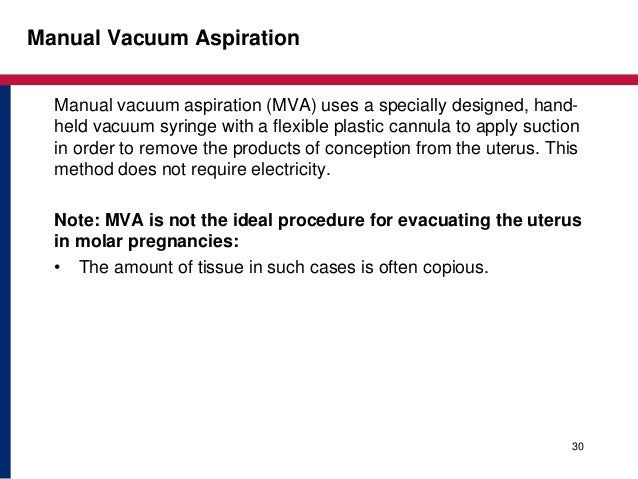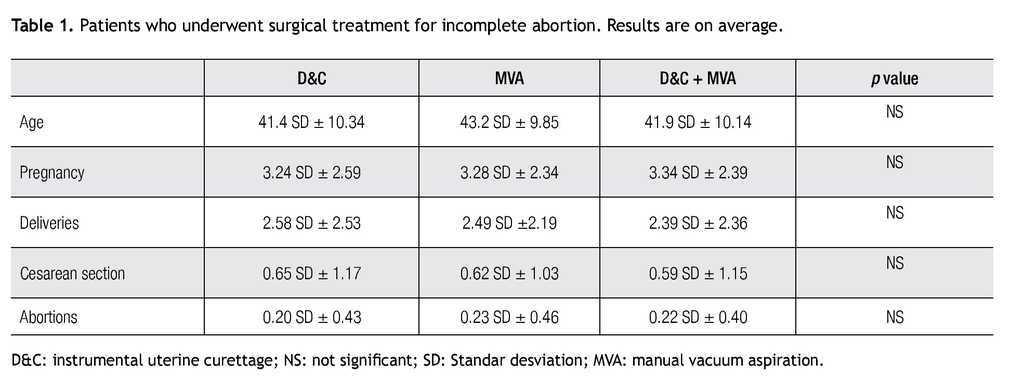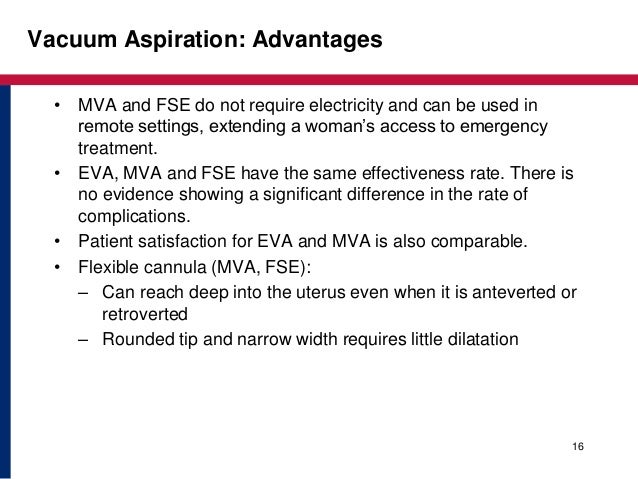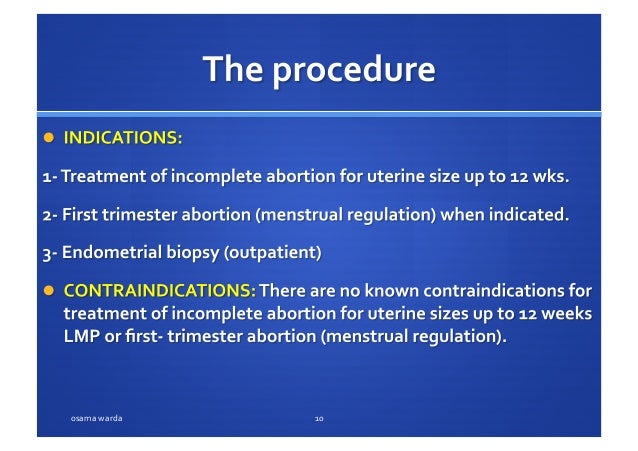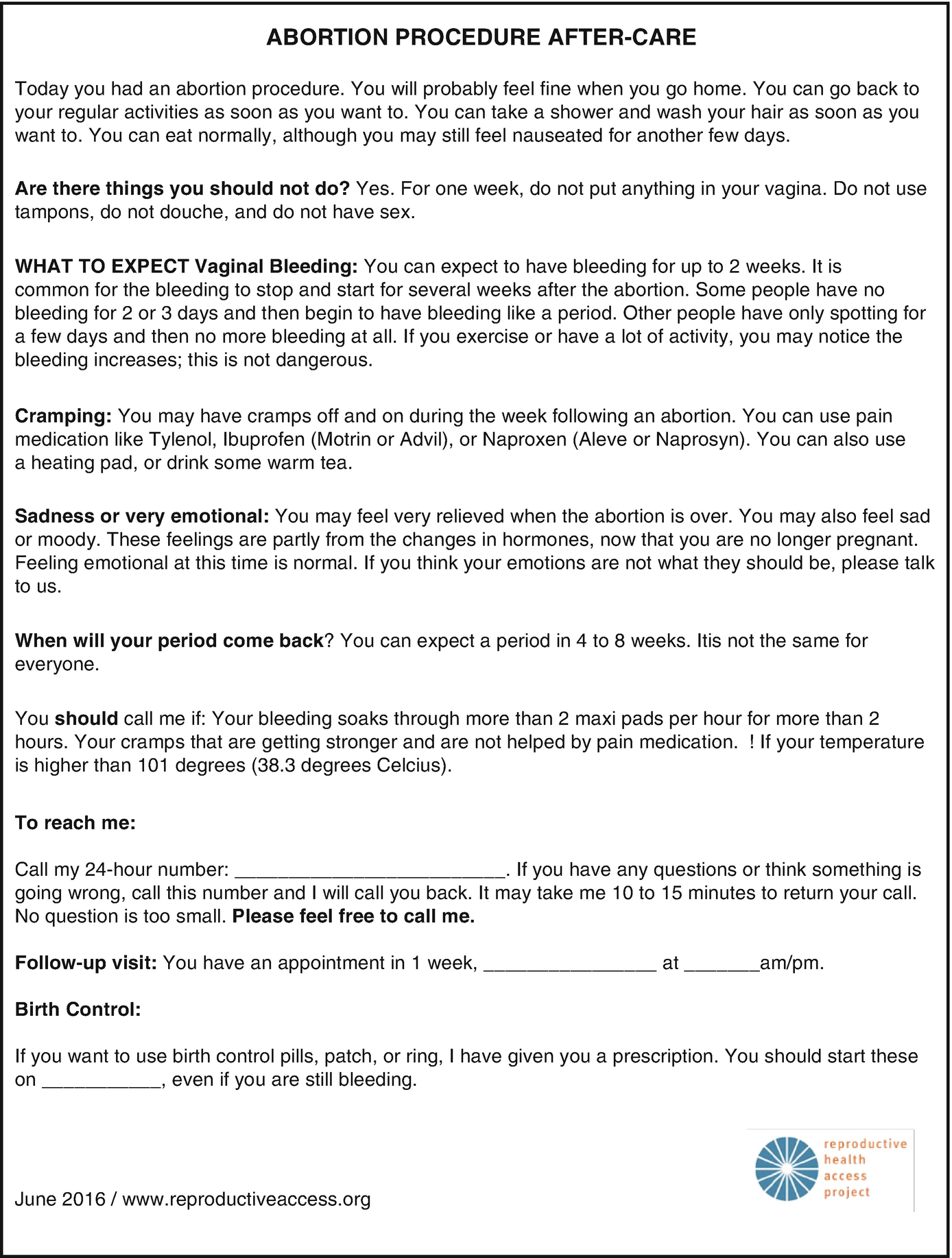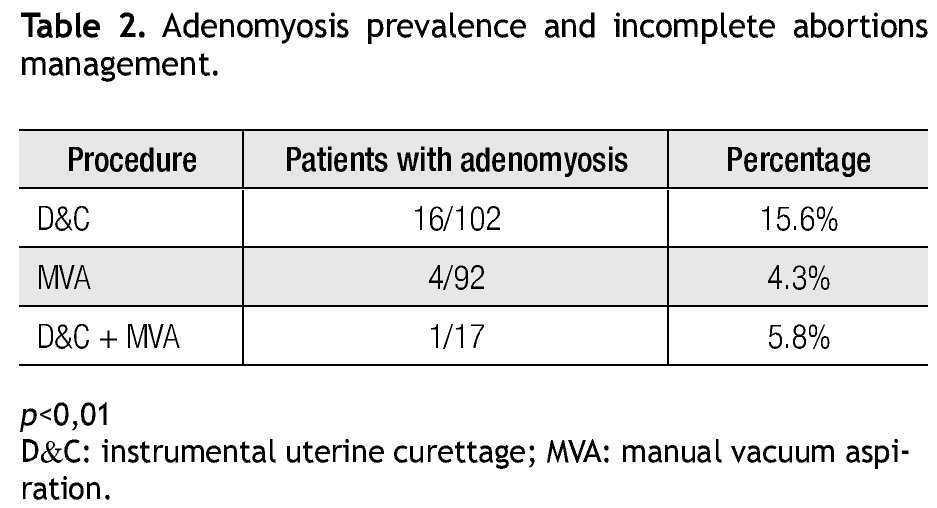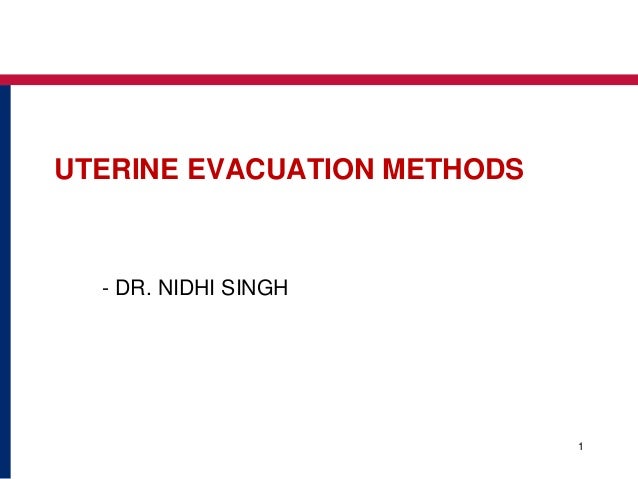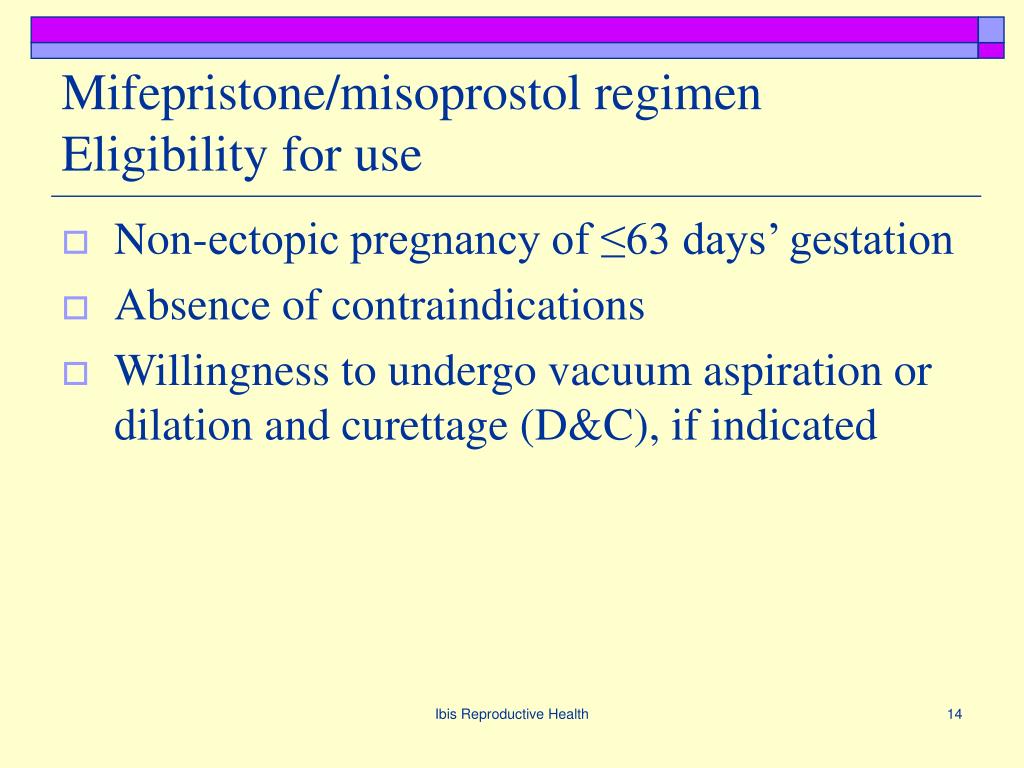Manual Vacuum Aspiration Contraindications - Ebook And Manual Free
This method avoids trauma of the cervix and of the endometrium.

Manual vacuum aspiration contraindications. Manual vacuum aspiration 1. It is commonly done up to 12 weeks after the last menstrual period figure 144an anesthetic is usually injected into the cervical wall and a tube vacurette is inserted into the uterusthis tube is connected to a suction device attached to a collection bottle figure 145. A 29 year old woman g1p00 with a history of amenorrhea for 3 months and a positive home urine pregnancy test. Case presentation introduction advantages of mva indications contraindications mva equipments precautions procedure complications of mva conclusion references 3.
Mva can be performed in the outpatient setting under local anaesthesia. Vacuum or suction aspiration is a procedure that uses a vacuum source to remove uterine contents through the cervixthe procedure is performed to induce abortion as a treatment for incomplete miscarriage or retained pregnancy tissue or to obtain a sample of uterine lining endometrial biopsy. The gestational age limit for mva often depends on the clinic as well as the healthcare provider performing the procedure. Manual vacuum aspiration mva mva for surgical management individually wrapped and disposable of miscarriage fetal demise and top clinical indications treatment of incomplete abortion endometrial biopsy safe and effective 98 effective with low complication rates safe alternative to sharp curettage affordable and versatile.
Mva reduces patient waiting time for surgery cost of hospital stay and avoids general anaesthesia related complications and increases patient choice. Manual vacuum aspiration mva is a very safe method of abortion for pregnancies in the first trimester andor early second trimester all the way up to 14 weeks of gestation. What is manual vacuum aspiration. Presented by dr obaike abba adams 2.
It is generally safe and serious complications rarely occur. Vacuum aspiration is the most frequently used method to perform first trimester abortions in the united states.




